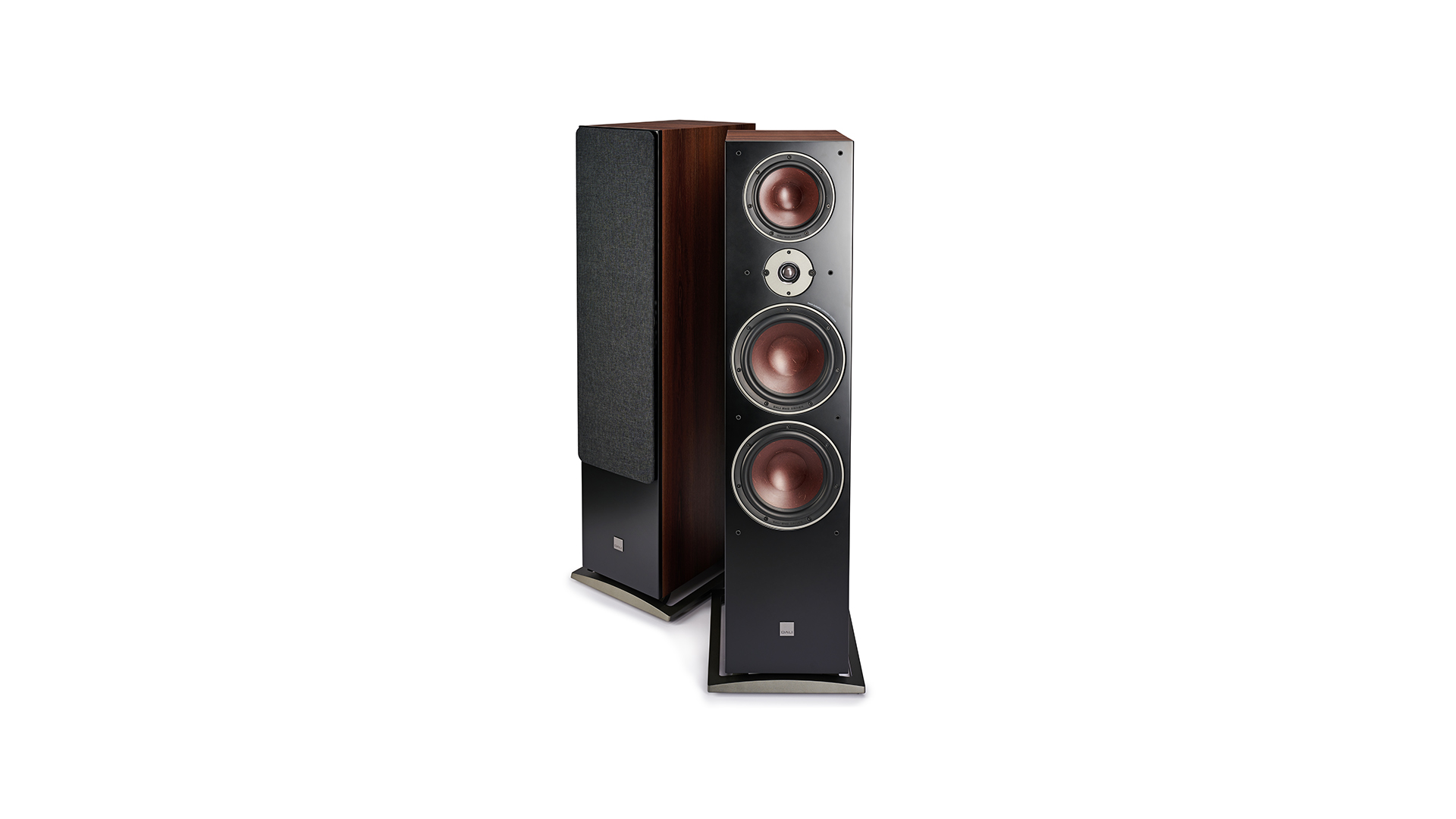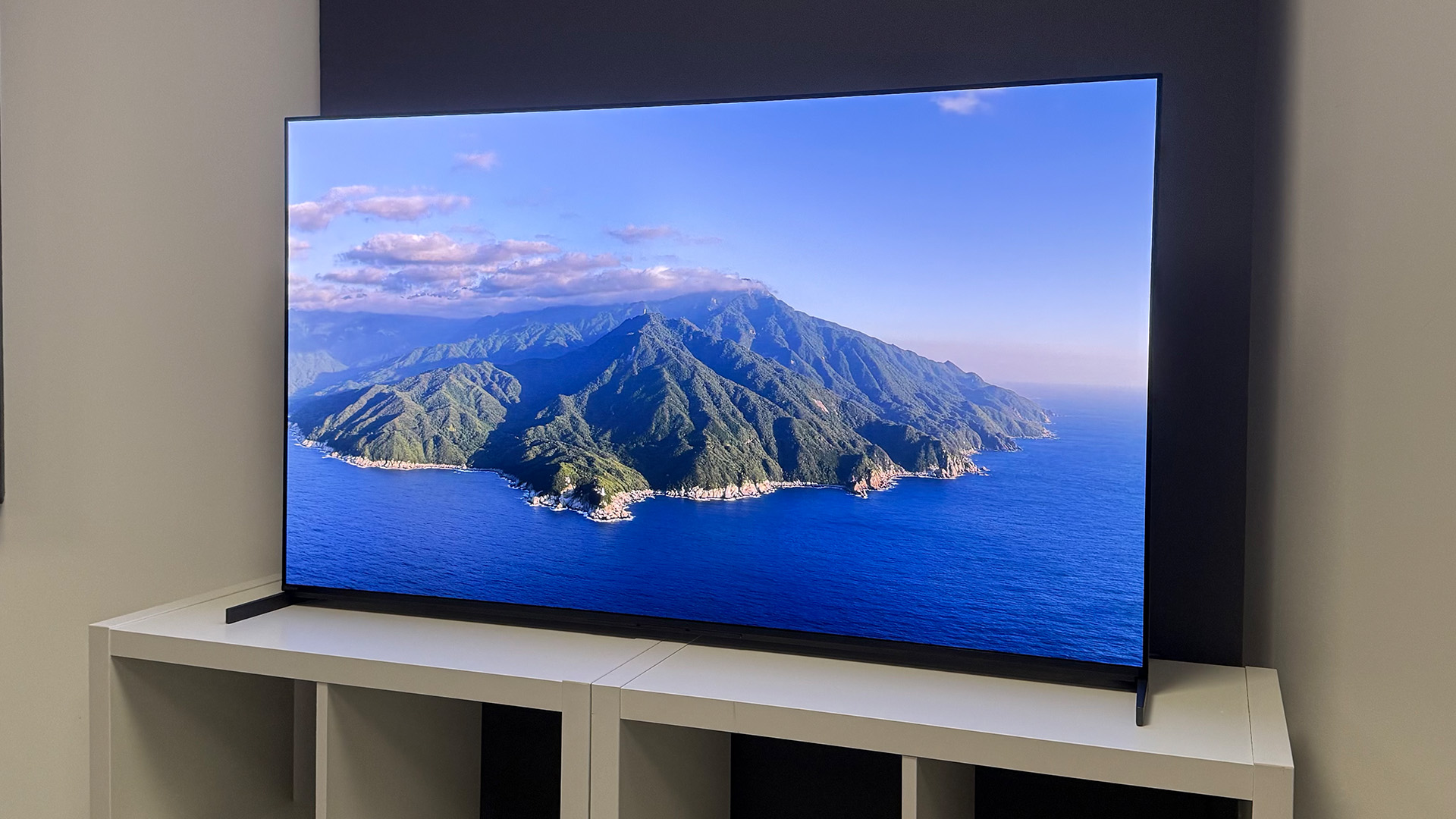What Hi-Fi? Verdict
The Oberon 9 are a lot of speaker for the money and truly entertaining performers, but they do need space to breathe
Pros
- +
Huge, powerful sound
- +
Impressive bass punch and depth
- +
Midrange clarity
Cons
- -
Need a large room to shine
- -
Not rhythm champs
- -
Lack a little dynamic subtlety
Why you can trust What Hi-Fi?
Regular readers will know that we’re big fans of Dali’s Oberon series. The smallest floorstanders of the range, the Oberon 5, are particular favourites. These compact Danish towers have a combination of entertaining sound and fuss-free nature that has earned them five-star reviews and multiple What Hi-Fi? Awards, in both stereo form and as part of a multichannel set-up.
The range-topping Oberon 9 we have under test here super-size their successful siblings by adding a much bigger cabinet, a three-way layout, and not only extra but also larger drive units into the equation. Does that make them better speakers? We’re about to find out.
Build
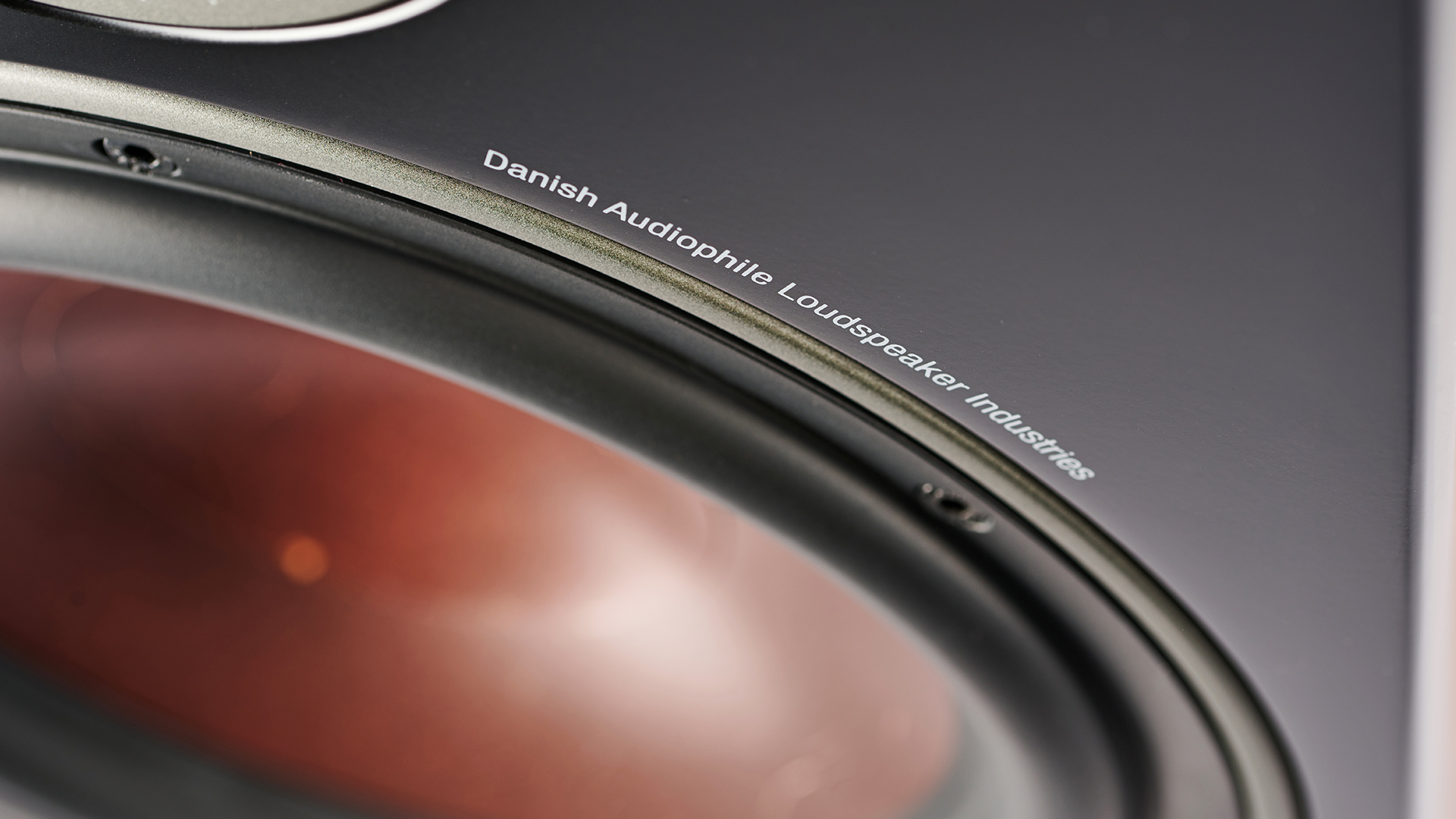
The Oberon 9 are huge speakers by price standards. They stand no less than 117cm tall, dwarfing most of their competition. Visually they will dominate all but the largest of rooms. At 26cm, they’re wide too, making it possible for Dali to pack in a pair of dedicated 23cm bass drivers.
Being a three-way design, the Oberon 9 also have a dedicated midrange unit – an 18cm cone – and partner that with the 29mm soft dome that we’ve already heard and liked in other Oberon speakers. The midrange and bass drivers all make use of Dali’s trademark wood fibre cones. This distinctive material is claimed to offer a good balance of low weight, rigidity and self-damping, and has been a staple in the company’s more upmarket speakers for many years.
A true three-way design is relatively rare at this price and means that the midrange and bass units can be properly optimised to work in their specific part of the frequency range. The crossover points are relatively conventional, being set at 780Hz and 3400Hz. In contrast, the mid/bass unit in a two-way configuration is inevitably compromised by having to accommodate a broader spread of frequencies. Of course, a two-way has a simpler crossover network and so gains an advantage there.
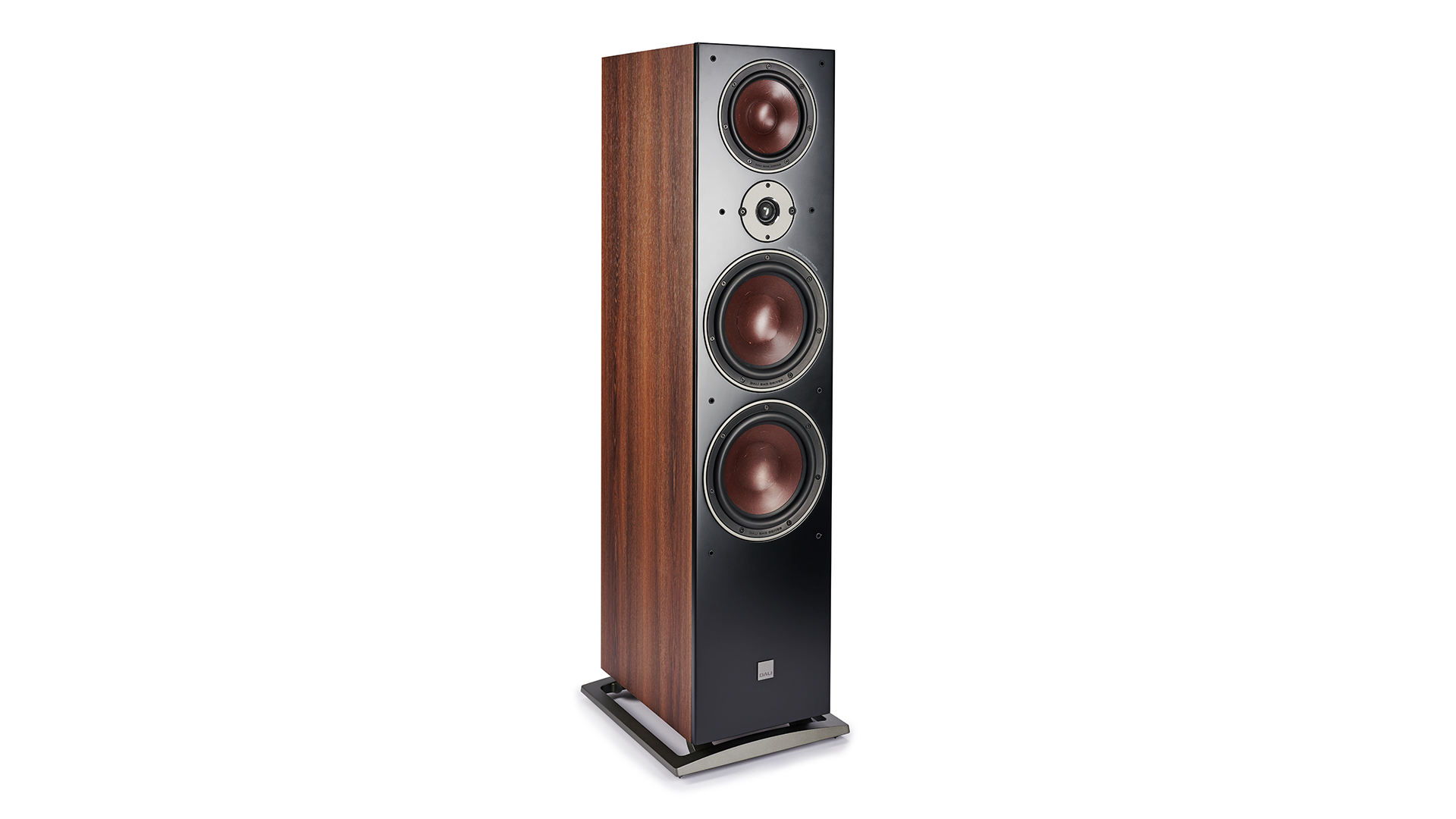
Type Three-way floorstander
Tweeter 29mm soft dome
Midrange 18cm wood fibre cone
Bass 2 x 23cm wood fibre cone
Sensitivity 90.5dB/W/m
Nominal impedance 4 ohms
Dimensions (hwd) 117 x 26 x 41cm
That large cabinet is nicely made from MDF and covered in a laminate. While other models in the Oberon range are available in four different finishes, the 9 has to make do with just two: black ash and dark walnut. We have no issue with the quality of the build or the finish, though do note that quite a few rivals at this price level are available in real wood veneers.
The cabinet is split internally to give separate compartments for each of the bass drivers and the midrange unit. Each of these partitions is angled to reduce the build-up of internal standing waves and also acts as a brace to reinforce the cabinet. Add further, dedicated internal bracing into the mix and the result is a rigid and well-controlled enclosure given the size and price.
The latest hi-fi, home cinema and tech news, reviews, buying advice and deals, direct to your inbox.
Compatibility
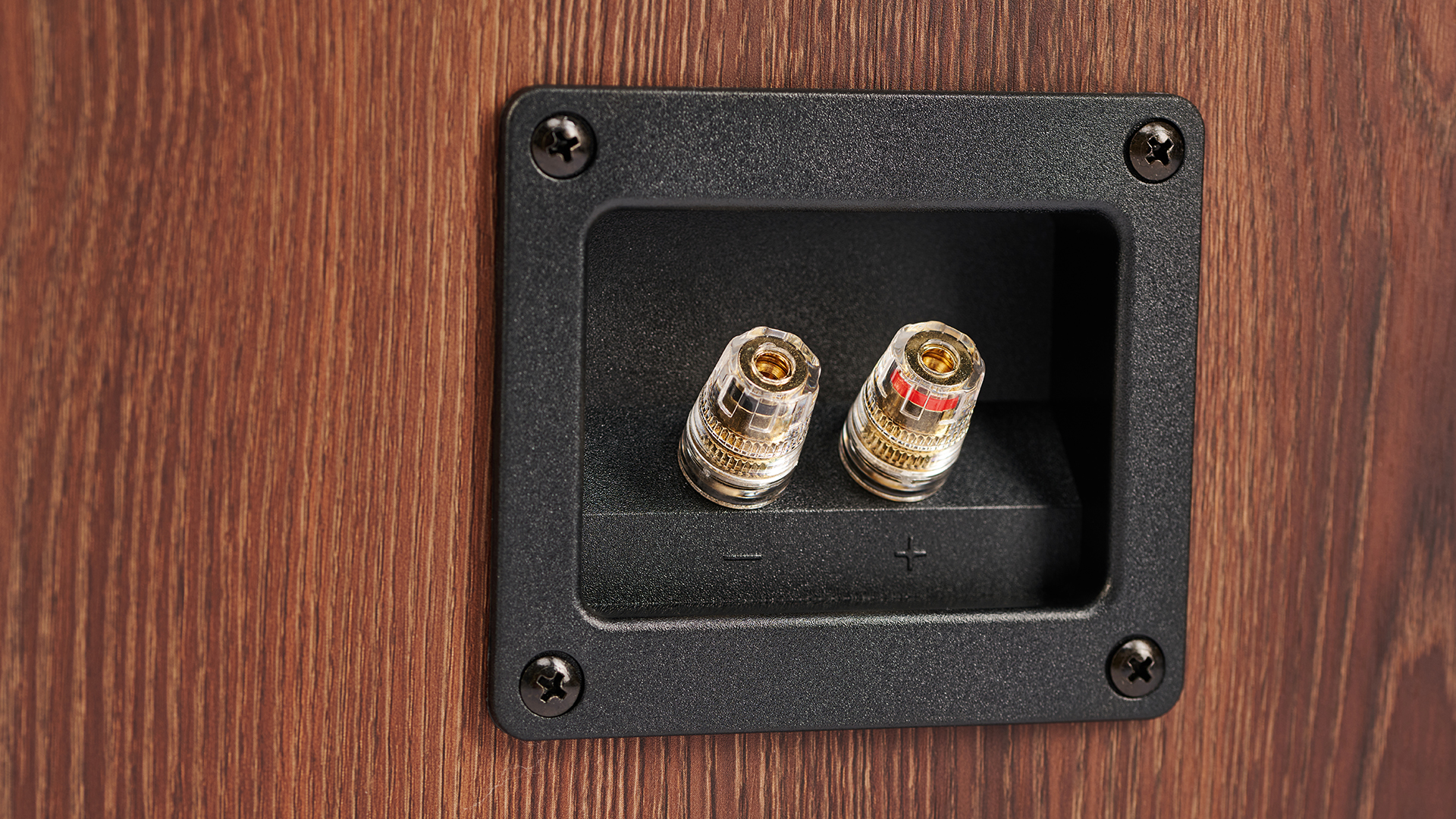
The Oberon 9 are relatively sensitive speakers at a rated 90.5dB/W/m, and so deliver quite a loud sound for a given signal input. Note that they are claimed to have a nominal impedance of 4 ohms, which places more of a demand on the partnering amplifier than some rivals do. Most price-compatible amplifiers should be fine with this, but it’s something to note when thinking about system matching.
We use our usual reference set-up of Naim ND555/555 PS DR and Linn Klimax DS3 music streamers and a Technics SL-1000R record player, all feeding a Burmester 088/911 MkIII pre/power combination. We also plug in the Naim SuperNait 3 integrated amplifier to see how the Oberons work with more price-compatible equipment.
It comes as absolutely no surprise to find that the combination of a huge cabinet stuffed with two beefy 23cm bass drivers needs a larger listening room to work properly. Put them in a space that is too small and the lows will become overbearing, spoiling the overall presentation. Given space to breathe, these floorstanders turn in a surprisingly balanced performance that in some ways belies expectations.
We end up with these floorstanders around a metre away from the rear wall, firing straight into the room. Dali has long designed its speakers so that they sound best when not angled in towards the listener, claiming that this approach gives a broader, more even spread of sound. We experiment with the Oberon 9 set at different angles but eventually finish following the company’s recommendation to the letter. Who’d have guessed that the company that makes the products knows how they work best, eh?
Sound

Given a suitably capable system, the Oberon 9 will deliver a sound of huge scale and authority. We’ve heard little else at this level that comes close to matching the Dali’s wall of sound when they’re in full flow. We listen to Hans Zimmer's Interstellar OST and they pound out the album’s myriad of low-frequency pulses, drones and beats with enthusiasm. It’s not just the muscle at these frequencies that impresses; the Oberons display an unexpected level of agility in this region too. Bass is precise and taut – something that isn’t always a given.
These speakers are happy to play at high volume levels, displaying little signs of strain even when pushed hard. We give up before they do, which is impressive. Large-scale dynamics are delivered with force and there’s no denying the composure on offer. Move away from the muscular aspects of music replay and these towers continue to rack up the plus points. There’s a good, though not class-leading, level of detail, and that information is organised in a musically cohesive way. It’s easy to focus on the musical experience rather than the mechanics of hi-fi, which is always a good thing.
The Oberon 9’s tonal balance is pretty even, and that soft dome tweeter displays all the bite and refinement we remember from other members of the family. Provided you can sit at least three metres away from the speakers, the array of drive units integrate well and blend seamlessly. Sit too close and the presentation becomes disjointed, but that’s no surprise considering the physical distances between the various drive units.
Get it all right, though, and you’ll enjoy the Oberons’ bold presentation and nicely focussed stereo imaging. The soundstage isn’t as ‘out-of-the-box’ as some rivals manage and remains latched onto the speakers a little more than we’d hope for, but that’s not unusual for something of this size.
We switch to Nick Cave’s Carnage set and the Dalis respond with a pleasing midrange that’s clear and explicit. There’s a convincing texture to Cave’s gravelly tones and a nice sense of solidity. The Oberon 9 don't quite capture dynamic nuances with the skill of the class leaders, nor do they match them in rhythmic precision when it comes to songs like Hand Of God. But there’s no denying that we’re still having fun.
Verdict

That’s the thing with these towers; they’re an artful balance of muscle and enthusiasm that’s hard to dislike. If you have a large listening room and like it loud, but still value the subtleties, these Oberon 9 are well worth a listen. We wouldn’t be surprised if you fall for their considerable charms.
SCORES
- Sound 4
- Build 4
- Compatibility 4
MORE:
Read our review of the ProAc Response DT8
Also consider the Wharfedale Evo 4.4
Read our Neat Iota Alpha review
Best floorstanding speakers 2022: budget to premium
What Hi-Fi?, founded in 1976, is the world's leading independent guide to buying and owning hi-fi and home entertainment products. Our comprehensive tests help you buy the very best for your money, with our advice sections giving you step-by-step information on how to get even more from your music and movies. Everything is tested by our dedicated team of in-house reviewers in our custom-built test rooms in London, Reading and Bath. Our coveted five-star rating and Awards are recognised all over the world as the ultimate seal of approval, so you can buy with absolute confidence.
